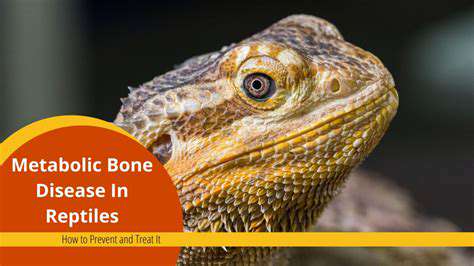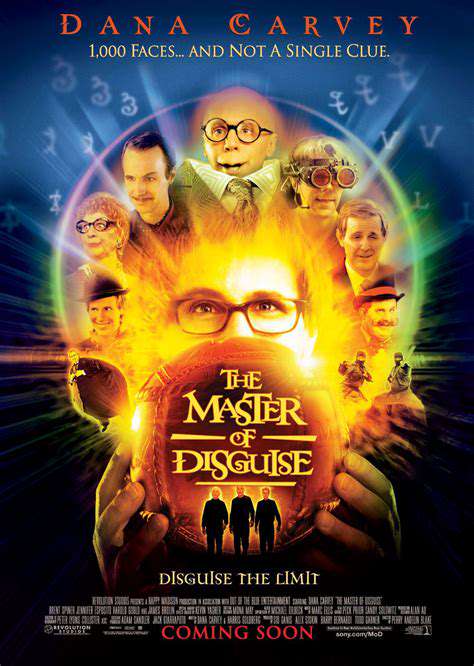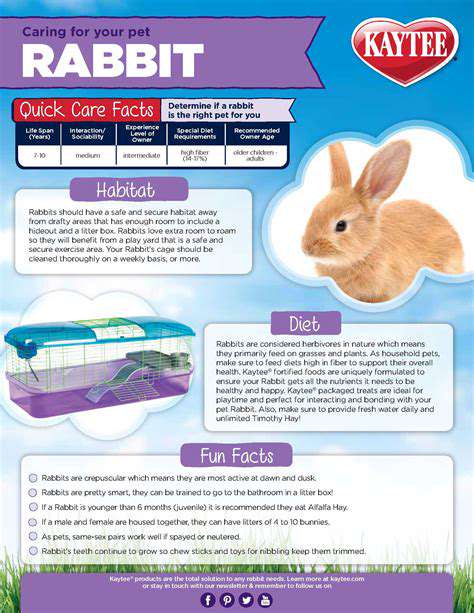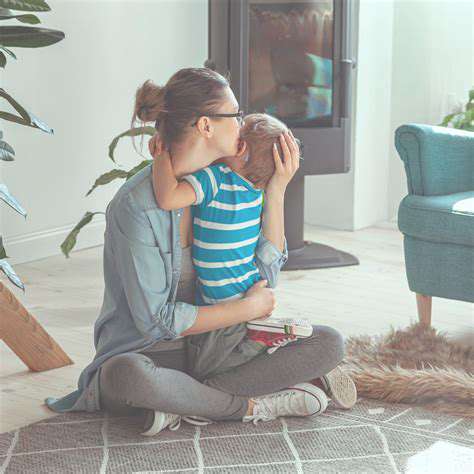Funny Moments When My Pet Met Another Animal
A Curious Encounter
The morning sun cast a golden glow through the window as Mittens, my fluffy Persian cat with emerald eyes, spotted an unexpected visitor. Her tail twitched with barely contained excitement as she observed the vibrant cardinal perched on the windowsill. The bird's scarlet feathers stood out against the pale morning light, creating a striking contrast that captivated both feline and human observers alike.
Mittens, typically the picture of feline elegance, suddenly became a bundle of nervous energy. Her entire body tensed as she prepared for what she clearly saw as an intruder in her domain. Meanwhile, the cardinal continued its morning routine, blissfully unaware of the intense scrutiny from the other side of the glass. This moment of interspecies misunderstanding was about to unfold into pure comedy.
The Chase Begins
With the suddenness of a spring-loaded toy, Mittens launched herself at the window. Her fluffy form became a blur of motion as she executed what she clearly believed to be a perfect hunting maneuver. The cardinal, finally noticing the impending danger, let out a surprised chirp and took flight just in time.
The next few minutes were pure slapstick comedy. Mittens ricocheted off the glass, landed awkwardly, and immediately sprang up for another attempt. Her determination was admirable, if completely misguided. The cardinal, now safely in a nearby tree, watched the spectacle with what I could swear was avian amusement.
A Moment of Confusion
After several failed attempts, Mittens finally paused, her sides heaving with exertion. She stared at the empty windowsill with an expression of pure feline bewilderment. Where had her prey gone? How had it escaped her perfect hunting strategy? The cardinal's cheerful chirps from the tree branch only added to her confusion.
This moment of quiet contemplation was priceless. Mittens' entire worldview seemed to shift as she processed the fact that not everything in her territory would bend to her will. The cardinal, for its part, seemed to be enjoying the show immensely.
The Unexpected Resolution
As the morning wore on, both participants in this strange drama settled into an uneasy truce. Mittens eventually curled up in her favorite sunbeam, though she kept one eye on the window. The cardinal returned to its sunflower perch, occasionally casting glances at the now-quiet feline.
This entire episode served as a perfect example of how differently animals can interpret the same situation. What Mittens saw as a territorial invasion, the cardinal saw as a brief interruption to its morning routine. Their peaceful coexistence by day's end proved that even the most unlikely adversaries can find a way to share space.
The Guinea Pig and the Curious Kitten
A Furry Friendship Blossoms
Pip, my normally timid guinea pig, froze mid-chew when Whiskers the kitten first entered the room. His tiny nose twitched nervously as he assessed this new potential threat. Whiskers, for his part, approached with the cautious curiosity only a kitten can muster. The air between them practically crackled with unspoken questions.
What followed was one of the most heartwarming displays of interspecies diplomacy I've ever witnessed. Against all expectations, these two completely different creatures began forming what would become an unlikely friendship.
Initial Interactions: A Dance of Caution
The first few encounters were equal parts hilarious and tense. Whiskers would bat at the hutch bars with his tiny paws, while Pip would retreat to his hideaway, only to peek out moments later. This careful dance continued for nearly an hour, each animal testing the boundaries of this new relationship.
What struck me most was their mutual respect. Despite being natural predator and prey in the wild, these two displayed an almost human-like capacity for restraint and curiosity. Whiskers never tried to force his way into the hutch, and Pip gradually became bolder in his observations.
The Curious Case of the Nosing Incident
The breakthrough came when Whiskers pressed his nose against the hutch bars. Pip, after a moment's hesitation, approached and returned the gesture. This simple act of sniff-based communication seemed to break the ice completely. From that moment on, their relationship changed dramatically.
This nose-to-nose moment demonstrated the universal language of curiosity that transcends species barriers. It was as if they'd finally found a way to communicate that both understood.
A Bridge Built on Shared Space
Over the next few days, their interactions became increasingly relaxed. Whiskers would often curl up beside the hutch during his naps, while Pip would munch his vegetables nearby. They developed a comfortable routine that suited both their personalities perfectly.
The most surprising development came when I realized they'd begun to mirror each other's behaviors. Pip would popcorn (that joyful guinea pig leap) when Whiskers played with his toys, and Whiskers would watch intently when Pip explored his enclosure. Their bond, while unconventional, was clearly genuine.
The Unexpected Playdate
The true test came when I carefully introduced them outside the hutch. Under close supervision, they interacted directly for the first time. Whiskers, to my amazement, immediately assumed a gentle, almost protective posture. Pip, rather than fleeing, actually approached the kitten with apparent curiosity.
Their play session was a masterclass in interspecies communication. Whiskers kept his claws retracted and moved slowly, while Pip showed remarkable confidence. This unexpected friendship proved that animals can often see beyond their instinctual roles when given the chance.
A Lasting Impression
Months later, their bond remains strong. Whiskers has become Pip's self-appointed guardian, often sleeping beside his hutch. Pip, in turn, has developed a boldness I never expected from a guinea pig. Their relationship has taught me more about animal behavior than any book ever could.
The most valuable lesson? That friendship isn't about similarity, but about mutual understanding and respect. These two couldn't be more different in size, species, or temperament, yet they've formed a connection that enriches both their lives daily.
While minor illnesses like colds can be bothersome, recognizing symptoms early allows for more effective management. Common indicators include nasal congestion, throat irritation, frequent sneezing, and persistent coughing.
A Dog and a Rabbit: A Tale of Two Worlds

A Unique Friendship
The relationship between dogs and rabbits challenges our assumptions about animal behavior. These natural adversaries can, under the right circumstances, form bonds that defy expectations. Their friendship demonstrates that connection often has little to do with biology and everything to do with individual personality and circumstance.
What makes these interspecies relationships so remarkable is how they transform both participants. The dog learns gentleness and patience, while the rabbit discovers courage and trust. Together, they create a dynamic that benefits them both emotionally and socially.
Overcoming Initial Differences
The early stages of their relationship are often comical. The dog's natural inclination to chase meets the rabbit's instinct to flee, creating a cycle of misunderstanding. However, with proper introduction and supervision, these instincts can be redirected into positive interactions.
Successful bonding requires three key elements: controlled environments, positive reinforcement, and plenty of time. Gradual exposure allows both animals to adjust at their own pace, while treats and praise help create positive associations. Most importantly, never rushing the process gives them space to develop trust naturally.
The Importance of a Supportive Environment
Creating the right setting is crucial for fostering this unusual friendship. The space should allow both animals to interact while maintaining their comfort zones. For rabbits, this means having hiding places where they can retreat if needed. For dogs, it means clear boundaries about appropriate behavior.
Environmental enrichment plays a vital role in successful bonding. Shared activities like supervised play sessions or parallel feeding (eating near each other) help build positive associations. The goal is to create situations where both animals associate each other's presence with good experiences.
Regular health checks are equally important, as stress can manifest physically in both species. Maintaining optimal health through proper veterinary care and nutrition ensures both animals are in the best condition to form and maintain their bond.
Ultimately, these cross-species friendships remind us that connection knows no boundaries. With patience, understanding, and the right environment, even the most unlikely pairs can form relationships that enrich their lives in unexpected ways.
Read more about Funny Moments When My Pet Met Another Animal
Hot Recommendations
- Essential Health Checklist for Your New Pet
- How to Prevent Worms in Your Dog
- Common Cat Illnesses and Their Symptoms
- How to Prevent Fleas and Ticks on Your Pet
- Guide to Pet Eye Care
- Guide to Caring for Freshwater Aquarium Fish
- Common Bird Illnesses and Their Symptoms
- Guide to Pet Weight Management
- Best Outdoor Dog Gear
- Funny Things My Puppy Does






![Review: [Specific Brand] Reptile Food](/static/images/33/2025-05/EaseofUseandFeedingExperience.jpg)

![Best Aquarium Heaters [2025 Review]](/static/images/33/2025-05/KeyFeaturestoConsider3ADurability2CSafety2CandEaseofUse.jpg)


